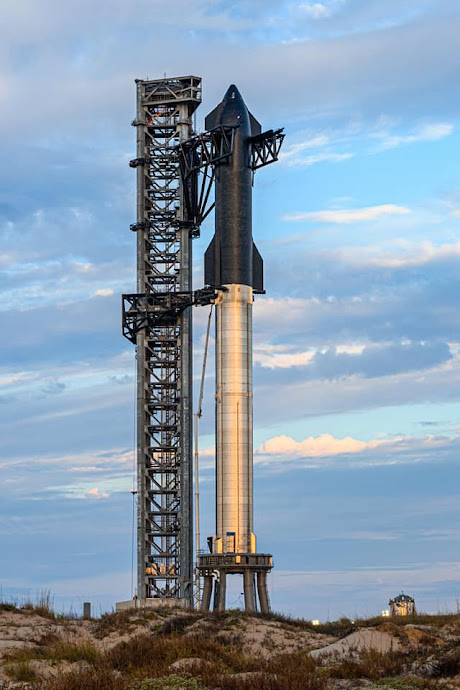It was the heaviest aircraft ever built, with a wingspan just ten feet shy of a football field’s length. It was almost equally as long. And now multiple reports from Ukraine indicate with growing certainty that the lone Antonov An-225 Mriya in existence was destroyed in its hanger at Hostomel Airport outside Kyiv, as Russian forces conduct the senseless invasion of their neighboring country.
The An-225 in its first days of glory, carrying a Buran
prototype across the skies.
Designed by the Antonov Design Bureau in the Unkrainian
Socialist Soviet Republic in the later years of the Soviet Union, the plan for
the An-225 was for it to play a crucial role in the space program. Its
capabilities were such that it could haul massive Energia rocket boosters as
well as the orbiters of the Buran program, the ultimately failed attempt by the
Soviet Union to mimic the United States’ NASA space shuttle fleet.
Revitalized as a powerful commercial cargo aircraft in more
recent years, Mriya rising into the skies was an unforgettable sight.
After its military duties concluded, the aircraft languished
for eight years until it began a new life as a commercial aircraft capable of
moving payloads no other aircraft could match. Known as Mriya, the An-225 nearly had a sister ship. Largely assembled
in the 2000s, the second aircraft was never completed, leaving Mriya to rule
the cargo skies.
Runway width and clearance
was the first crucial consideration when it came to planning ventures for the
An-225.
Like the remains of the Buran program, which now are shamefully
rotting away in remote facilities in Russia ( Visiting Buran Relics ), the Antonov An-225 was a relic of a different time – yet still a fully
functional contributor to the world of aviation. Aircraft fans kept close tabs on this plane’s
adventures, seeking a chance to witness the An-225 in flight. It’s certainly a
sight I wish I could have witnessed myself.
In no way am I equating the
destruction of this flying machine with the loss of life and human suffering
being imposed upon the world by Vladmir Putin’s dastardly and warped visions
for power and control. This post is just a hope that an incredible vehicle will
be remembered for the unique airplane it was.















